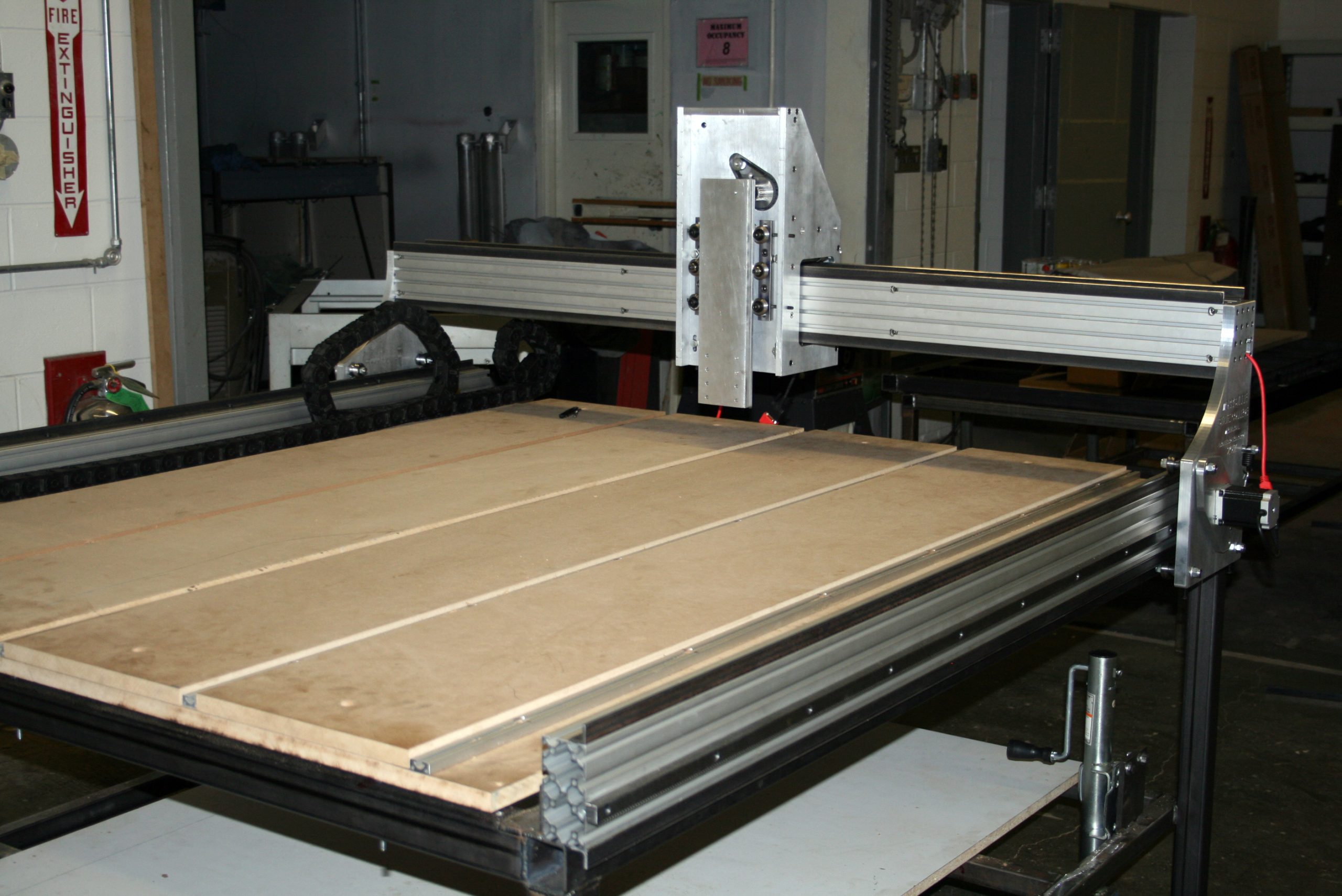Introduction
CNC (Computer Numerical Control) wood cutting machines have revolutionized the woodworking industry by providing precise, efficient, and customizable cutting solutions. Whether you’re a hobbyist or a professional woodworker, understanding how these machines work and their benefits can greatly enhance your productivity and creativity.
In this comprehensive guide, we’ll delve into the world of CNC wood cutting machines, exploring their features, types, applications, advantages, and tips for choosing the right machine for your needs.
What is a CNC Wood Cutting Machine?
A CNC wood cutting machine is a computer-controlled device used to cut, carve, engrave, and shape wood materials with unparalleled precision. It operates based on programmed instructions, allowing for highly accurate and repetitive cuts that are difficult to achieve manually.
Components of a CNC Wood Cutting Machine
- Control Panel: The brain of the machine where you input designs and control parameters.
- Cutting Bed: The surface where the wood material is placed for cutting or carving.
- Spindle or Router: The cutting tool that spins at high speeds to remove material.
- Motion Control System: Mechanisms like stepper motors and linear guides that move the cutting tool in three dimensions.
- Software Interface: Programs such as CAD/CAM software used to create and convert designs into machine-readable code.
Types of CNC Wood Cutting Machines
- CNC Router: Ideal for cutting intricate designs and patterns into wood sheets.
- CNC Milling Machine: Suitable for 3D carving and cutting thicker wood pieces.
- CNC Laser Cutter: Uses a laser beam to precisely cut and engrave wood with high speed and accuracy.
- CNC Plasma Cutter: Primarily used for cutting metal but can also cut wood with specialized tools.
Advantages of Using CNC Wood Cutting Machines
- Precision: Achieve intricate designs and precise cuts that are impossible with manual methods.
- Efficiency: Save time and labor with automated cutting processes.
- Versatility: Cut, carve, engrave, and shape wood in various ways with one machine.
- Repeatability: Ensure consistency in production with the ability to replicate designs accurately.
- Complexity: Create complex designs and patterns with ease, enhancing your woodworking capabilities.
- Waste Reduction: Optimize material usage and minimize waste through precise cutting strategies.
Applications of CNC Wood Cutting Machines
- Furniture Manufacturing: Produce customized furniture pieces with intricate details.
- Cabinet Making: Cut precise components for cabinets and storage units.
- Signage and Artwork: Create personalized signs, plaques, and artistic woodwork.
- Model Making: Construct detailed models and prototypes for various purposes.
- Architectural Millwork: Craft architectural elements like moldings, trim, and panels.
- Craftsmanship: Explore creative woodworking projects with precision and flair.
Tips for Choosing the Right CNC Wood Cutting Machine
- Consider Your Needs: Determine the size, cutting capabilities, and complexity of projects you’ll be working on.
- Research Brands and Models: Compare features, reviews, and reliability of different CNC machine brands.
- Evaluate Software Compatibility: Ensure the machine’s software is compatible with your design programs.
- Inspect Build Quality: Look for sturdy construction and durable components for long-term use.
- Budget Considerations: Balance features with affordability to find the best value for your investment.
- Training and Support: Choose a machine from a company that offers training, technical support, and warranty services.
Conclusion
CNC wood cutting machines have transformed woodworking into a precise, efficient, and creative endeavor. By understanding the types, advantages, applications, and selection criteria for these machines, you can elevate your woodworking skills and achieve remarkable results in your projects. Explore the possibilities and unleash your creativity with CNC technology!



